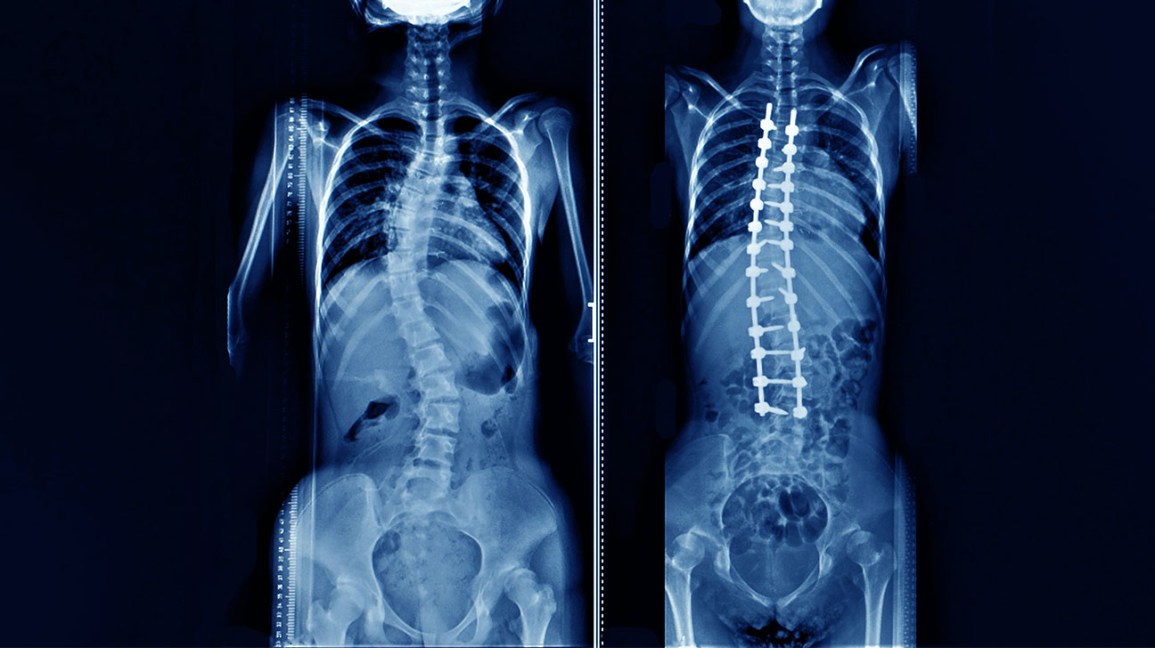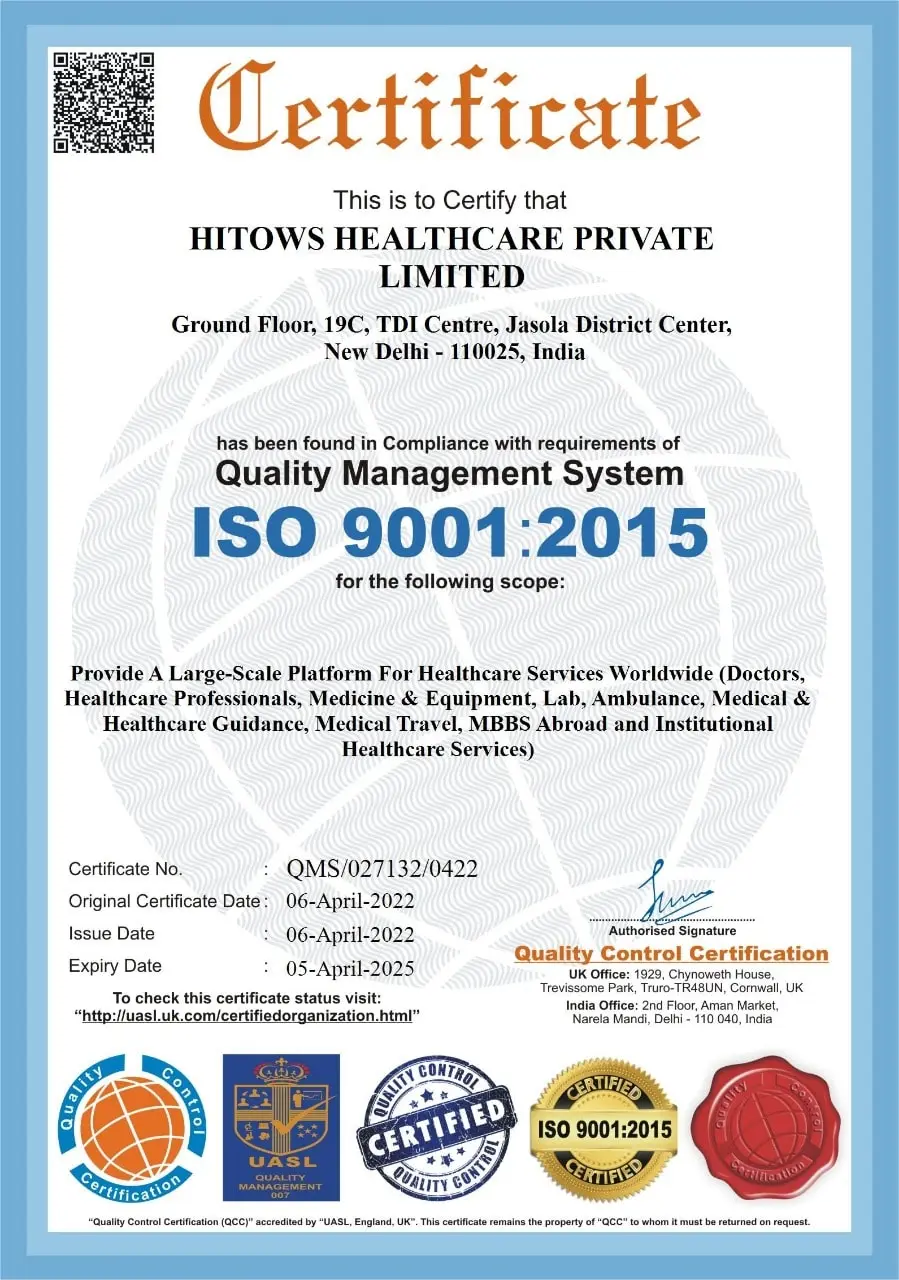Scoliosis Correction Complex
India
-
Our Price USD 10350
-
Hospital Price USD 11500
-
You Save : USD 1150
Booking Amount: USD 1035. Pay Remaining 90% at the hospital.
Book NowAdditional Credit
Among the important extras we offer as part of the Additional Credit are the following:
-
Site Tourism For The Patient & Attendant
-
Airport Pick & Drop Service
-
Ambulance service at airport
-
Priority appointments with The Doctor
-
Cancel Easily Anytime with Full Refund
-
Room Upgradation
-
Free Online Doctor Consultation Valued at USD 20
-
Free hotel Stay for 5 to 7 days Accordingly
-
Welcome Kit at Arrival
-
Interpreter
-
Medical Visa Assistance
What is Included?
- Doctor consultation charges
- Lab tests and diagnostic charges
- Room charges inside hospital during the procedure
- Surgeon Fee
- Cost of implant
- Nursing charges
- Hospital surgery suite charges
- Anesthesia charges
- Routine medicines and routine consumables (bandages, dressings etc.)
- Food and Beverages inside hospital stay for patient and one attendant.
What is not Included?
- Extra Radiology Investigations
- Healthcare Professionals Charges of other consultations.
- Other Requested Services such as Laundry etc.
- Additional Pharmaceutical Products and Medicines After Discharge from Hospital.
- Management of Conditions Unrelated to Procedures or Pre-Existing.
- The cost of any additional implants will be in addition to the package cost.
Package Description
Scoliosis Correction Complex
During surgery, your child's surgeon will use implants such as steel rods, hooks, screws, or other metal devices to straighten and stabilise your child's spine bones. Bone grafts are used to maintain the spine in place and prevent it from curving again.
A spinal fusion is used to treat scoliosis. The main concept is to straighten the bent vertebrae and fuse them together so that they recover into a single, solid bone. Scoliosis surgeons can drastically improve curves with the techniques and technologies available today.
Disease Overview:
Adolescent idiopathic scoliosis
Adolescent idiopathic scoliosis affects 2 to 4% of children between the ages of 10 and 16. It's characterised as a lateral curvature of the spine of more than 10 degrees with rotation of the vertebrae. It's considered to be a multigene dominant disease with a wide range of clinical manifestations. During a physical examination, the Adam's forward bend test can detect scoliosis. A red signal for a secondary cause of spinal deformity is severe discomfort, a left thoracic curvature, or an abnormal neurologic examination. If there are any red flags, a specialist consultation and magnetic resonance imaging are required. Only 10% of teenagers with scoliosis have curvature that develop and necessitate medical intervention.
A significant curve magnitude, skeletal immaturity, and female gender are the key risk factors for curve advancement. Curve progression may be predicted by evaluating the curve magnitude on radiographs using the Cobb technique and estimating skeletal development potential with Tanner staging and Risser grading.
Disease Signs and Symptoms:
A tilt or unevenness (asymmetry) in the shoulders, hips, or waist, or one leg that seems longer than the other, are the most prevalent symptoms of the disorder. A tiny fraction of children who are impacted acquire a more severe and noticeable spine curvature.
Pain and neurologic signs are uncommon in adolescent idiopathic scoliosis. The bend of the spine does not exert pressure on organs like the lungs or heart, thus AIS does not cause symptoms like shortness of breath. Patients with adolescent scoliosis may have back discomfort, usually in the low back region. Despite the fact that it is frequently connected with scoliosis, it is usually believed that the curvature does not cause discomfort.
Adolescents suffer from low back discomfort on a regular basis. Many teenagers suffer from back discomfort as a result of participating in a variety of sports without having adequate core abdominal and back strength, as well as hamstring flexibility.
Adolescent idiopathic scoliosis does not usually cause discomfort or neurological issues. If these symptoms persist, more assessment and testing, such as an MRI, CAT scan, or bone scan, may be required.
Disease Causes:
Although substantial attempts are being made to determine the aetiology of AIS, there are currently no well-accepted reasons for this kind of scoliosis. The great majority of people are in good health and have no medical history. Hormonal imbalance, asymmetric development, and muscular imbalance are some of the explanations for the aetiology of AIS. There appears to be a genetic link between AIS and scoliosis since around 30% of AIS patients have a family history of scoliosis. Many members of the Scoliosis Research Society are striving to uncover the genes that cause AIS, and this knowledge is rapidly expanding. There will most certainly be several genes linked to scoliosis, and each one may be useful in identifying scoliosis and assessing the risk of developing it.
Disease Diagnosis:
Adolescent idiopathic scoliosis manifests itself in a variety of ways. Scoliosis can be scarcely noticeable or have major obvious symptoms, depending on the curve pattern and the amount or amplitude of the curvature. Shoulder height asymmetry, in which one shoulder looks higher than the other, is one of the most prevalent. When a single curve in the thoracic (chest-part) or lumbar (lower back) of the spine exists without a second curve to assist balance the patient, a shift of the body to the right or left might occur. This is commonly seen as asymmetry in the waistline, with one hip seeming higher than the other and one leg appearing taller than the other.
The most common radiographic images used to diagnose scoliosis are a standing X-ray of the complete spine taken from both the back (PA radiograph) and the side (S radiograph) (lateral radiograph). To safeguard the patient while enabling a good image of the spine, these radiographs are frequently taken using lead shielding. Your doctor will be able to use the radiographs to calculate the magnitude of your curves, which is calculated in degrees using the Cobb technique. A straight spine has a 0o curvature, whereas scoliosis is defined as a curve larger than 10o. Curvatures between 0o and 10o are not considered genuine scoliosis.A small curvature can be caused by the way a patient stands during an X-ray or a variety of other circumstances. The lateral radiograph is used to evaluate the extent of lumbar lordosis and thoracic kyphosis (or roundback look) (swayback).
Further radiographs might be taken to assess the curvature's flexibility (how much it straightens). Flexibility radiographs can be taken in a variety of methods. The patient can be X-rayed while lying on the table and bending to the right and then to the left. The patient's arms and legs are tugged to stretch the spine out while traction films are taken. To improve curve correction, a cushioned roll is positioned at the apex of the curve on a fulcrum-bend radiograph. The most common use of these radiographs is in the planning of surgical therapies.
For individuals with AIS, an MRI of the spine is not usually performed. The MRI is used to look at items other than the bones in the spine, such as the spinal cord to check for abnormalities. If your doctor notices any modest neurologic abnormalities during a physical exam, if you have substantial discomfort from your scoliosis, or if your radiographs show a "atypical" curve pattern, an MRI is frequently prescribed. Although the chances of finding something wrong on the MRI are slim, if abnormalities are discovered, you should consult a neurosurgeon.
Disease Treatment:
The three primary types of treatment for adolescent idiopathic scoliosis (observation, bracing, and surgery) are determined by the risk of curve advancement. AIS curves often proceed in one of two ways: 1. throughout the patient's fast growing phase, and 2. into adulthood if the curves are particularly big.
Because scoliosis worsens with rapid growth, the potential for growth is assessed by taking into account the patient's age, whether or not she has had her first menstrual period, and radiographic data. In general, females mature until they are 14 years old, whereas boys mature until they are 16 years old.
Girls develop swiftly until their first menstrual cycle, after which their growth slows, although they continue to grow for another 18 months to 2 years. Growth is also measured using radiographs of the spine and pelvis. The Risser grading system is frequently used to measure a child's skeletal maturity (how much growth remains) on the pelvis, which coincides with how much spine growth remains. The Risser grading system assigns a score from 0 to 5 to a child's skeletal maturity. Individuals with Risser 0 and 1 are fast growing, but patients with Risser 4 and 5 are no longer growing.
Patients at a scoliosis clinic will often have their height measured at each appointment to gauge their growth potential. An Xray of a patient's hand is also possible. This Xray may be used to assess a child's skeletal maturity and potential for additional growth by looking at the growth plates (epiphysis) of the fingers and hand bones.
Curves with large areas are also more likely to progress or deteriorate. Curves larger than 45o in developing patients or more than 50o in finished growing patients will continue to advance slowly over time. This is a general guideline, and your physician will assess if there are any exceptions depending on a variety of criteria.
Information related to Treatment
Package Details
Days in Hospital
7 Days
Days in Hotel
*
14 Days
Room Type
Private
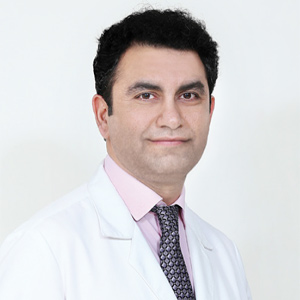
Treating Doctor
Dr. Bhushan Nariani
Orthopaedic Surgeon- Ankle surgery, Brachial plexus repair, Osteoarthritis, Avascular Necrosis of Hip Joint, Osteoarthritis (Most Common), Hip Fracture or Hip Dysplasia, Ankle Fracture, Deformed Knees, Meniscus Tear, Shoulder Arthritis, Torn Anterior, Osteonecrosis, Hip Osteoarthritis, Carpal Tunnel Syndrome Surgery, Hip/Ankle/Knee Injury, Rheumatic Arthritis, Injury or Fracture of the Hip Joint, Ankle Arthritis, Erb's Palsy, Bone Tumor in the Hip Joint, Brachial Plexus Avulsion, Shoulder Injury, Knee Osteoarthritis, Torn Rotator Cuff, Knee pain
BLK-Max Super Speciality Hospital New Delhi, India
18 Years of Experience
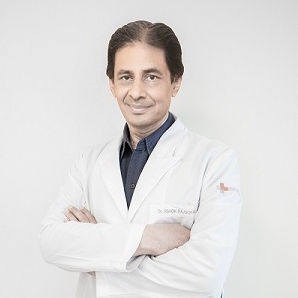
Treating Doctor
Dr. Ashok Rajgopal
Orthopaedic Surgeon- Joint Replacement Surgery, Knee Surgery, Anthroscopic Meniscus Surgery
Medanta-The Medicity, Gurgaon Gurgaon, India
42 Years of Experience
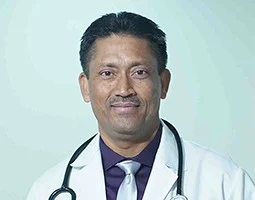
Treating Doctor
Dr. Yuvraj Kumar
Orthopaedic Surgeon- Spine Surgery, Trauma Surgery, Joint Replacement Surgery, Knee Replacement, Hip Replacement, Shoulder & Elbow Surgery, Joint Pain Treatment, Primary and Revision Knee & Hip Replacement, Hip Pain Treatment, Joint and Muscle Problems, Hip Arthroplasty, Joint Dislocation Treatment, Arthroscopy Procedure
Accord Super specialty Hospital Faridabad, India
24 Years of Experience
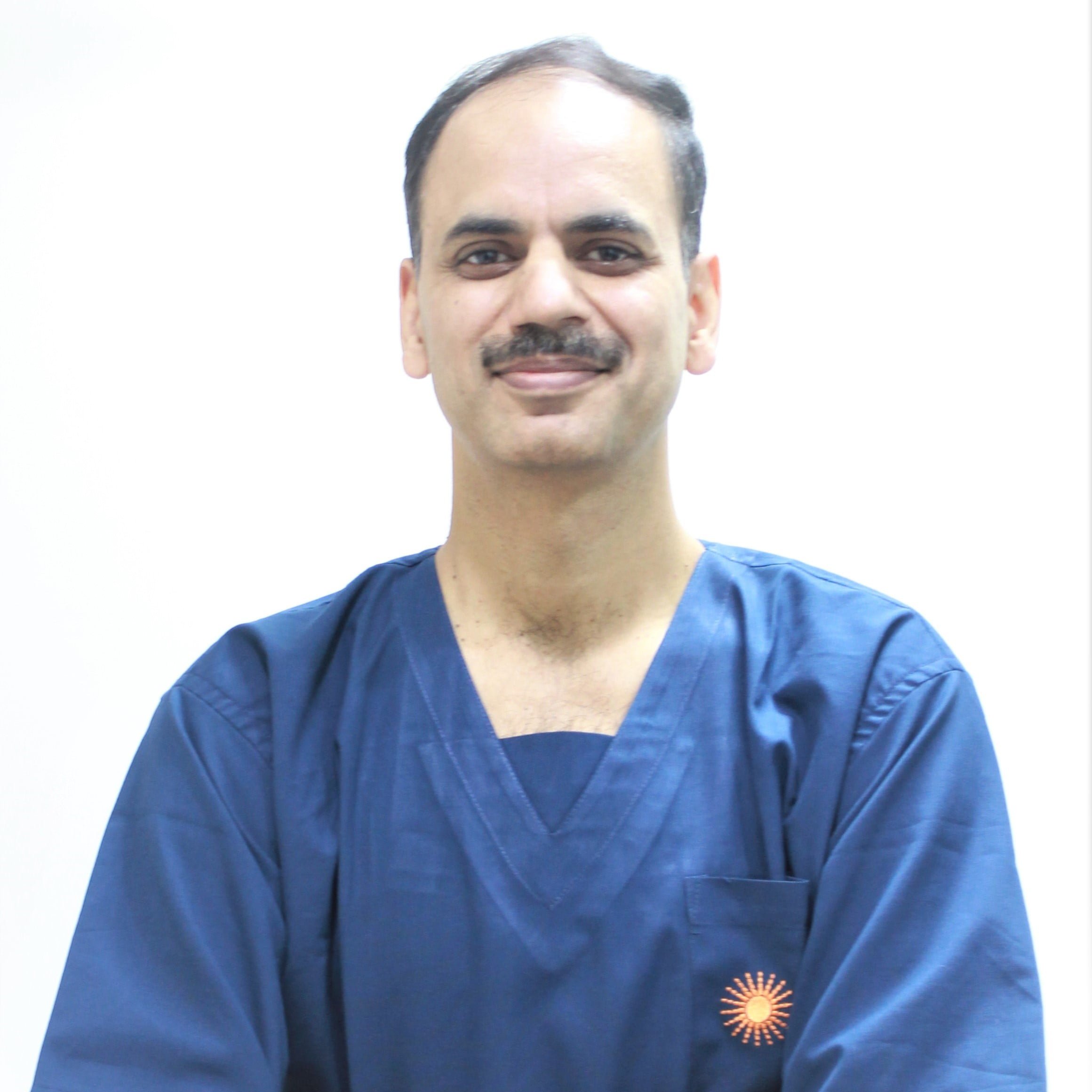
Treating Doctor
Dr. Sumit Batra
Orthopaedic Surgeon- Spine Surgery, Deformity correction, Spine fracture/ trauma, Disc Replacement ( Cervical /Lumber), Microdiscectomy, Knee Replacement, Total Knee Replacement, Total Hip Replacement, Complex Trauma Surgery Primary
Marengo Asia hospital, Faridabad Faridabad, India
24 Years of Experience
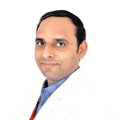
Treating Doctor
Dr. Vipin Tyagi
Orthopedist- Spinal Deformity correction, Correction of deformities, Spasticity, Joint Replacement Surgery, Wrist Problem, Reconstruction and Rehabilitation, Disc Slip, External Fixator, Reconstruction and Bone Lengthening, Cruciate Ligament Recosntruction
Medanta-The Medicity, Gurgaon Gurgaon, India
35 Years of Experience
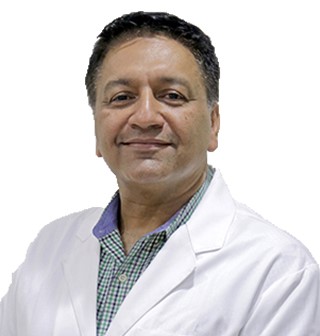
Treating Doctor
Dr. Nitiraj Oberoi
Orthopaedic Surgeon,Orthopaedic Surgeon- Ankle surgery, Joint Replacement Surgery, Complex Trauma Surgery Primary, Revision & Complex Joint Replacement, ACL/PCL Reconstruction, Arthroscopy of Knee, Shoulder Surgery, Sports Injuries Surgery
Fortis Escorts Heart Institute New Delhi, India
29 Years of Experience
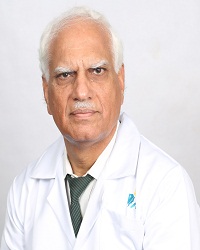
Treating Doctor
Dr. Vinod Sukhija
Orthopaedic Surgeon,Orthopaedic Surgeon- Knee Replacement, Hip Replacement, Arthroscopic Surgery, Knee Ligament Surgery (ACL), Knee Arthroscopy, Carpal Tunnel Syndrome Surgery, Arthrisis management, Shoulder Arthroscopy, Hip Arthroscopy, Rotator Cuff Surgery, Tennis or Golfer's Elbow treatment, Paget's Disease Treatment, Torn Meniscus treatment
Indraprastha Apollo Hospitals, New Delhi New Delhi, India
39 Years of Experience
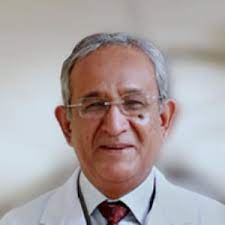
Treating Doctor
Dr. (Brig.) BK Singh
Orthopedist- Total Hip Replacement, Uni Condylar Knee Replacement, Resurfacing Hip Arthroplasty, Thrust plate prosthesis, Resurfacing shoulder Arthroplasty (Copeland), Total Ankle Replacement, Hip resurfacing with computer navigation, Minimally Invasive Knee Replacement Surgery, Acetabular fixation, Bilateral Hip Replacement, Both Knee simultaneous replacement, High Flex knee replacement, Robotic-arm assisted Total Hip Replacement (THR), Robotic-arm assisted Total Knee Replacement (TKR)
Artemis Hospitals Gurgaon, India
34 Years of Experience
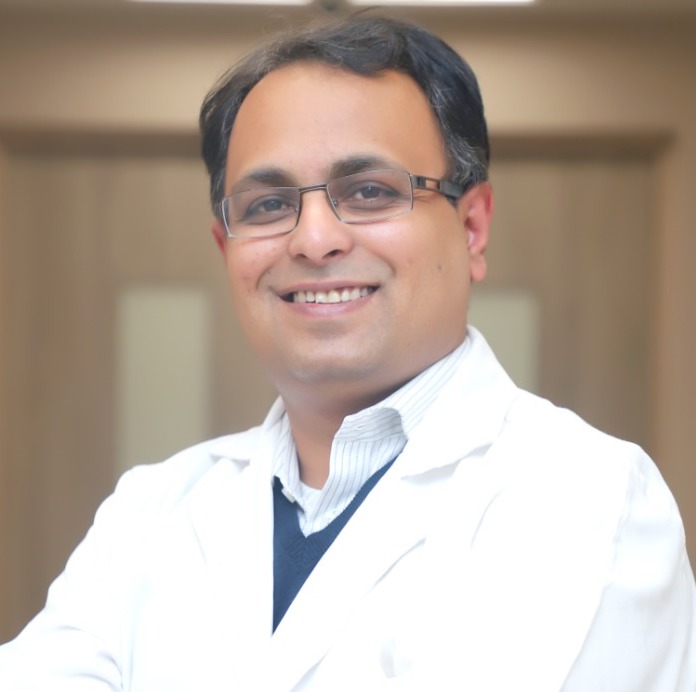
Treating Doctor
Dr Rohit Lamba
Orthopaedic Surgeon- Cerebral Palsy Surgeon, Osteoarthritis, Sports Injuries, Joint preservation procedures, Salvaging failed or infected joint replacements, Knee and shoulder arthroscopies, Complex joint replacement of hips and knees, Back pain, Ankle ligament injury, Achilles tendon, Tarsal Tunnel Syndrome, Musculoskeletal disorders, Menisus tear, Shoulder dislocation, Hallux Valgus deformity (Bunion), Cervical Spondylitis, Bone and joint deformities, Multiple joint pain, Arthritis, Joint disorders, Knee pain, Meniscus Tear, Club foot, Flat foot, Frozen shoulder, Developmental Dysplasia of the Hip (DDH), Metabolic bone disorders
CK Birla Hospital, Gurgaon Gurgaon, India
19 Years of Experience
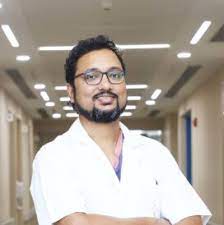
Treating Doctor
Dr Debashish Chanda
Orthopedist- Shoulder Replacement, Joint Replacement Surgery, Knee Replacement, Hip Replacement, Revision & Complex Joint Replacement, Wrist Problem, Total Elbow Replacement, Back pain, Ankle ligament injury, Achilles tendon, Tarsal Tunnel Syndrome, Metabolic bone disorders, Musculoskeletal disorders, Developmental Dysplasia of the Hip (DDH), Joint preservation surgeries, Arthroscopic surgery for ACL/PCL tear, Meniscus repairs and transplants, Cartilage microsurgeries, Chondrocyte transfer and chondroplasty, High tibial osteotomies, Realignment of limb, Joint disorders, Knee pain, Meniscus Tear, Club foot
CK Birla Hospital, Gurgaon Gurgaon, India
14 Years of Experience

